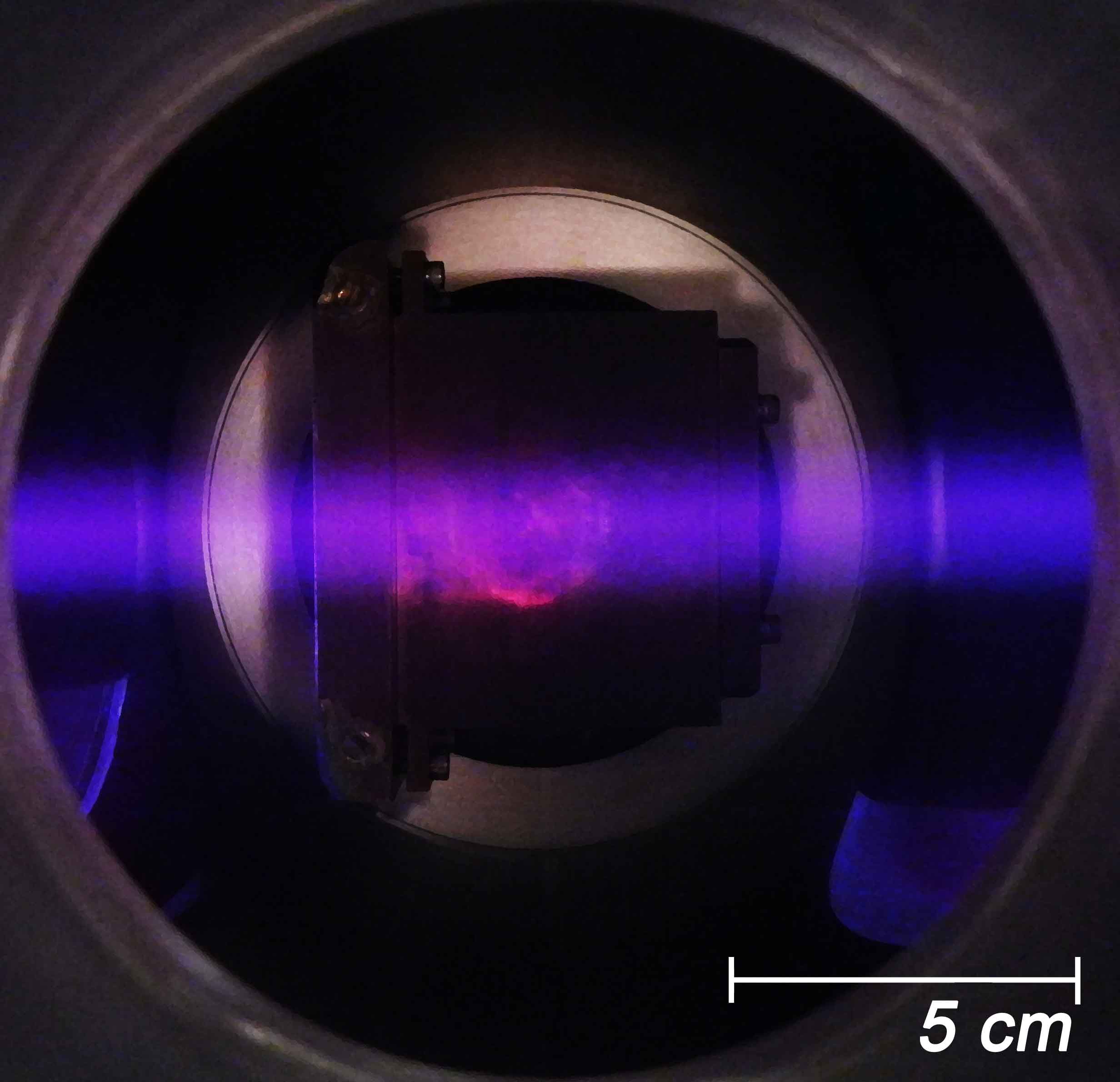


The IsoDAR experimental program will perform unique searches for sterile neutrino oscillations and non-standard neutrino interactions. The experiment is being designed to definitively address these physics topics using a well-understood, high-intensity 8Li β-decay-at-rest antineutrino source coupled with a massive detector such as KamLAND that has good inverse-betadecay identification capabilities with high efficiency. The high statistics data sample will allow excellent sensitivity to these new physics signatures and allow study of any signals that may be detected. With respect to sterile neutrinos, accurately mapping out the oscillation wave within the detector will conclusively test if an observed signal is associated with the recently published sterile neutrino anomalies that are of great interest in the community. The oscillation wave can be used to determine the number of extra sterile neutrino flavors by differentiating the oscillatory behavior of a (3+1) versus a (3+2) oscillation model. The high intensity also will allow the study of antineutrino-electron scattering. This is a very clean and well-understood interaction that can be used to search for indications of non-standard neutrino interactions proposed in many extensions of the standard model.
The IsoDAR neutrino source consists of an accelerator producing 60 MeV protons that impinge on a 9Be target, producing neutrons. IsoDAR can use the same cyclotron design as the injector cyclotron for the two-cyclotron DAEδALUS system. The protons enter a surrounding ≥ 99.99% isotopically pure 7Li sleeve, where neutron capture results in 8Li; this isotope undergoes β-decay at rest to produce an isotropic ν̄e flux with an average energy of ∼6.4 MeV and an endpoint of ∼13 MeV. The ¯νe will interact in a scintillator detector via inverse beta decay (IBD), ν̄e +p → e- + n, which is easily tagged through prompt-light plus neutron-capture coincidence. When paired with KamLAND, the experiment is capable to observe 8.2 x 105 reconstructed IBD events in five years. With this data set, IsoDAR can provide a 5σ test of sterile neutrino oscillation models, allow precision measurement of ν̄e-e- scattering, and search for production and decay of exotic particles.

There are several factors that contribute to the expected signal that IceCube would see if there were a light sterile neutrino. Neutrinos do not experimence the same oscillation resonacne that the anti-neutrions experimence travelling through earth. IceCube cannto distinguish between neurions and anti-neutrions, so \n